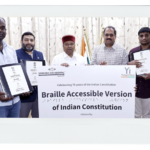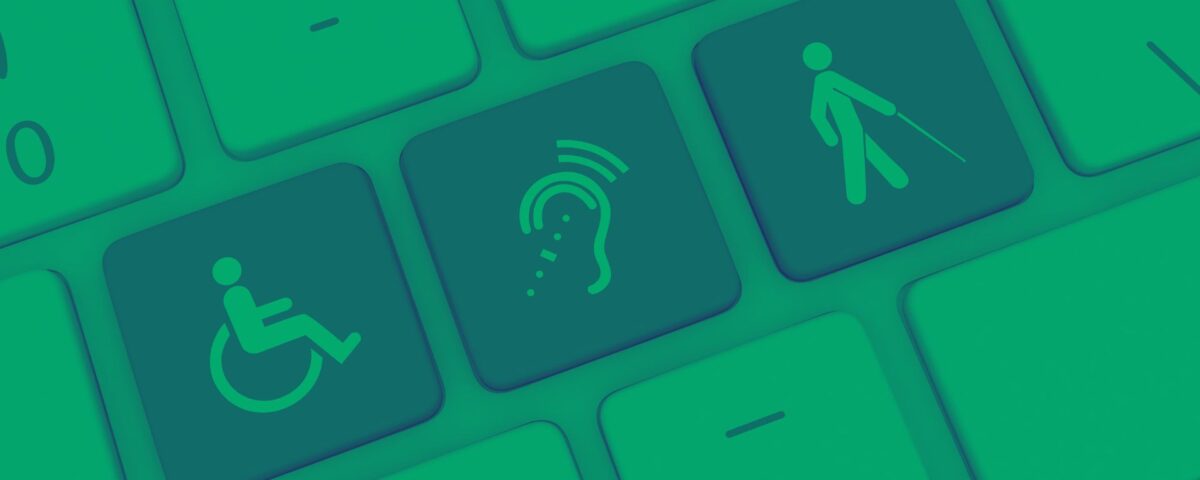
Now the Blind Can Read the Indian Constitution in Braille
February 1, 2025Why India Needs Its Own Version of Web Accessibility Solution: Empowering Accessibility for All
As the world’s most populous country, India stands as a testament to diversity in culture, language, and socio-economic backgrounds. With its rapidly growing digital ecosystem, ensuring inclusivity is no longer a choice but a necessity. Accessibility platforms like Web Accessibility Solution have made strides in improving digital inclusivity globally. However, India’s unique challenges and opportunities call for a tailored solution—a homegrown accessibility platform that not only meets global standards but also addresses India’s distinct needs.
The Need for an Indian Accessibility Solution
- Population and Diversity: India’s population exceeds 1.4 billion, with a rich tapestry of over 22 official languages and numerous regional dialects. A localized accessibility platform can cater to this linguistic diversity, ensuring that people across all regions can access digital platforms in their preferred language.
- Economic Considerations: Relying on foreign platforms for accessibility solutions incurs significant costs in foreign exchange. By developing an indigenous platform, we can provide an economically viable option for businesses while boosting the local economy.
- Cultural Relevance: India’s societal norms, technological penetration, and usage patterns differ vastly from those of the Western world. A platform built in India can better align with local user behavior and preferences.
- Revenue Generation: Beyond addressing domestic needs, an Indian accessibility solution could become an exportable service, catering to other developing nations with similar challenges. This creates an opportunity to position India as a global leader in digital accessibility.
Key Features for the Indian Accessibility Platform
To effectively cater to India’s unique requirements, the platform should:
- Multilingual Support: Incorporate accessibility features for major Indian languages and regional dialects, using AI-powered translation and speech-to-text tools.
- Low-Bandwidth Optimization: Develop features that work seamlessly in low-bandwidth environments to cater to rural areas with limited internet access.
- Affordable Pricing Models: Offer tiered pricing to accommodate businesses of all sizes, from large corporations to small enterprises and NGOs.
- Cultural Sensitivity: Include features that are culturally relevant, such as gesture-based navigation for users unfamiliar with traditional input methods.
- Comprehensive Accessibility Standards: Align with global accessibility standards like WCAG (Web Content Accessibility Guidelines) while integrating Indian-specific guidelines for digital platforms.
Building the Platform: A Step-by-Step Approach
- Stakeholder Collaboration: Engage with government bodies, educational institutions, NGOs, and tech companies to identify core accessibility challenges and requirements.
- Research and Development: Conduct extensive R&D to understand user behavior across diverse demographics, leveraging AI and machine learning to create intuitive solutions.
- Pilot Testing: Roll out pilot projects with government and private sector websites to test the platform’s efficacy and scalability.
- Awareness Campaigns: Run nationwide campaigns to educate businesses about the importance of digital accessibility and the benefits of adopting the platform.
- Policy Support: Advocate for government incentives and mandates to encourage widespread adoption of accessibility solutions.
Benefits of a Homegrown Solution
- Inclusive Growth: By enabling more people to access digital services, we can drive economic and social inclusion.
- Cost Efficiency: Indian businesses save on foreign exchange and gain access to a cost-effective solution tailored to their needs.
- Innovation Leadership: Position India as a pioneer in accessible technology, fostering innovation and creating a benchmark for other nations.
- Job Creation: Developing and maintaining the platform will generate employment opportunities in the tech sector, further boosting the economy.
Conclusion
An Indian version of Web Accessibility Solution is not just a technological initiative; it’s a societal imperative. By addressing the unique challenges posed by India’s diversity and leveraging the opportunities of a digital-first world, we can create a platform that empowers millions, promotes inclusivity, and establishes India as a global accessibility leader. Now is the time to invest in accessibility—for a digitally inclusive and equitable India.

